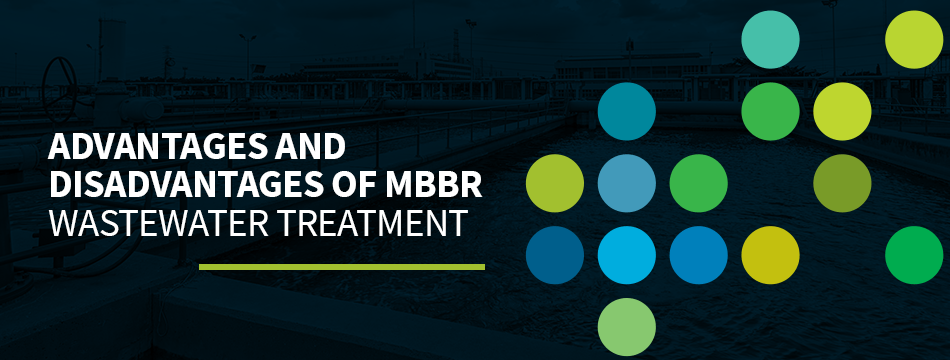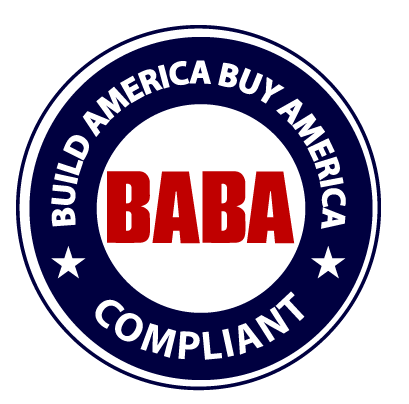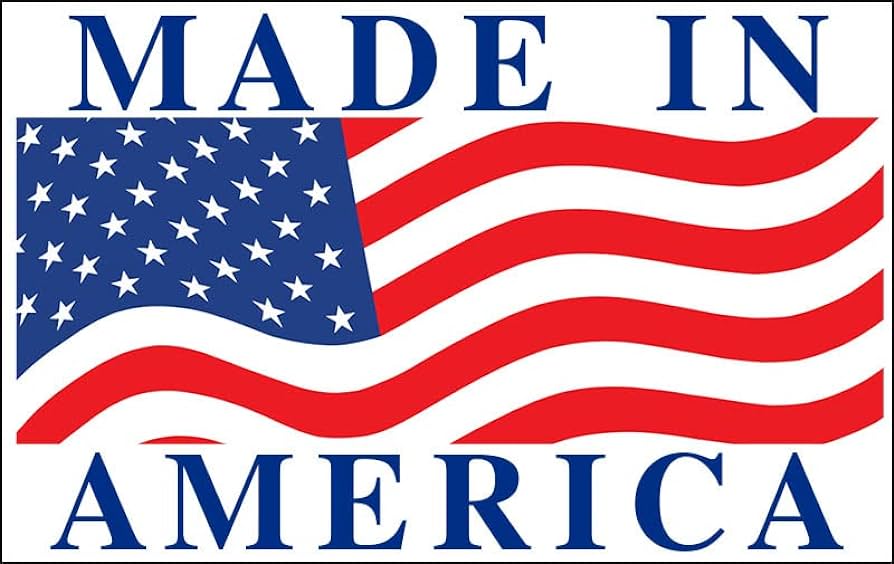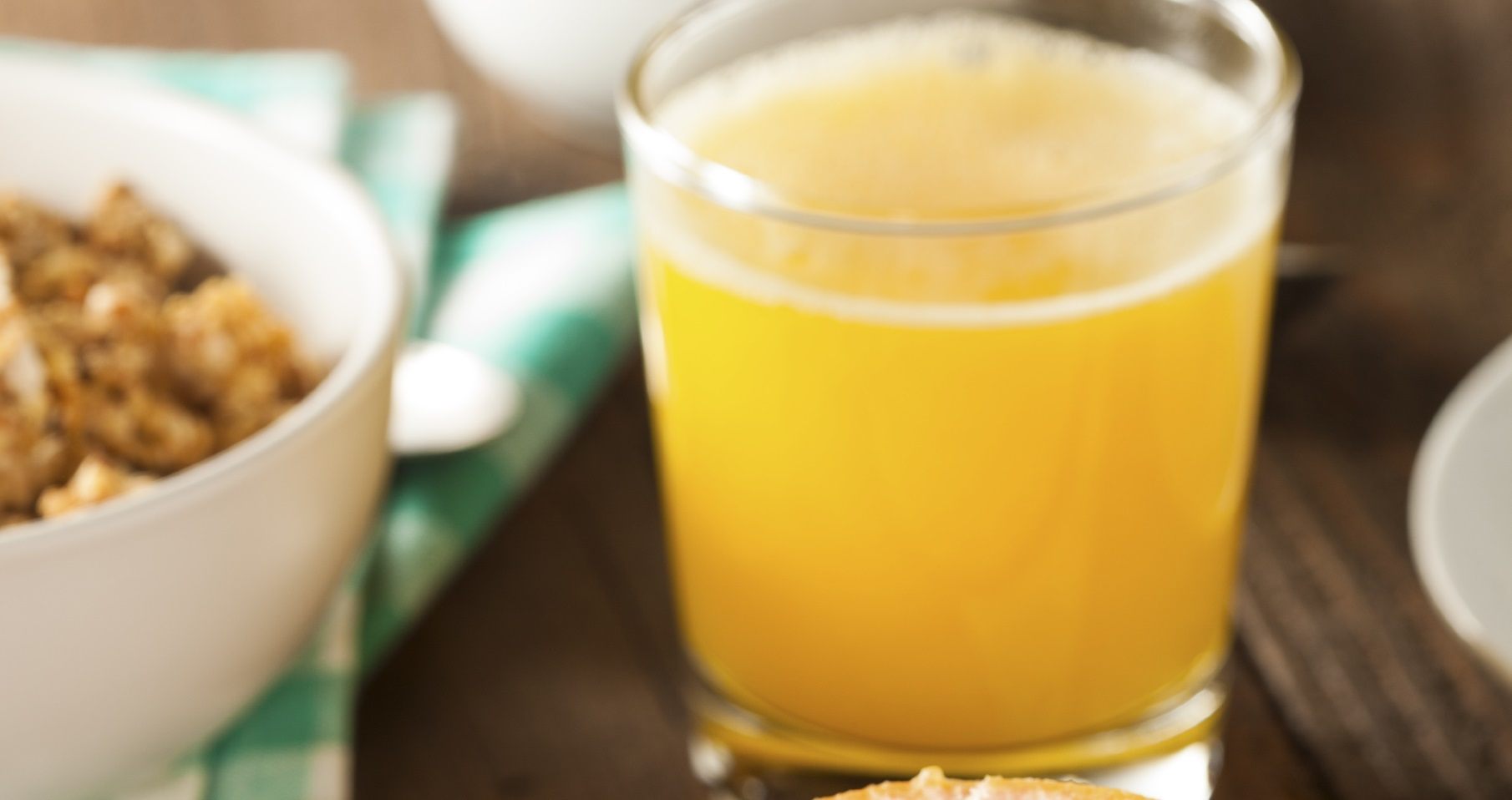Contact Us Today
Soft Drink Wastewater Treatment
Soft drinks include any nonalcoholic beverage except tap water. They are sweetened beverages with a water base and usually have added flavors, carbonation or color. The soft drink industry uses a significant amount of wastewater throughout production and manufacturing, making wastewater treatment vital.
Types of Soft Drinks
The processes for making different types of soft drinks vary, and so do the contaminants in the wastewater. Common types of soft drinks include:
- Sodas
- Seltzers
- Carbonated drinks
- Mineral waters
- Iced tea
- Energy drinks
- Citrus drinks
- Plant-based waters
These drinks commonly come in plastic or glass bottles or cans. Regardless of the type of beverages produced at a soft drink plant, wastewater systems are critical for protecting the environment and safely reusing resources.
Contaminants in the Soft Drinks Industry Wastewaters
Making soft drinks results in several types of contaminants, including:
- Chemical oxygen demand
- Biological oxygen demand
- Total suspended solids
These umbrella terms encompass numerous contaminants found in wastewater throughout the manufacturing process. The list of potential contaminants is extensive and includes:
- Fructose
- Fats
- Artificial sweeteners
- Flavoring agents
- Dissolved sugars
- Coloring agents
- Oils
- Fruit juice concentrate
- Preservatives
- Sodium
- Detergents
- Sucrose
- Syrups
- Potassium
- Wasted drink
- Nitrates
- Machine lubricants
Other common contaminants include lactose, grease, caustics and bicarbonates. Each of these products can enter the wastewater throughout several parts of the manufacturing process.
Processes
Soft drink manufacturing and production have several processes. Each of these steps has the potential to release contaminants into the wastewater. In general, bottle washing is one of the largest culprits. However, other processes in the soft drink industry include:
- Heating
- Cooling
- Product filling
- Cleaning in place
- Manufacturing
- Blending
- Packaging
- Carbonizing
- Sanitizing floors
Wastewater treatment systems are critical for soft drink facilities to ensure contaminants are removed from the water before it is released or reused elsewhere in the plant.
Soft Drink Wastewater Systems
The best type of wastewater system for a soft drink plant depends on whether the existing system requires an update or an entire replacement. Wastewater system options include:
- Retrievable systems: Add a retrievable system to an existing wastewater treatment operation to increase treatment efficiency. These systems make cleaning easier because one section of the grid can be lifted while everything else remains in operation.
- Fixed aeration systems: A fixed aeration system can also be a viable option for soft drink plants. Fixed systems last for long periods and require less maintenance.
- PTFE membranes: Multilayer PTFE membranes are excellent solutions for this industry. SSI Aeration, Inc.’s membranes have an EDPM substrate and a PTFE surface layer to promote efficiency and longevity.
- Moving bed biofilm reactor (MBBR): MBBR systems lower operating costs and save space by operating within smaller reactors. They are also easy to control because they mainly rely on microorganisms.
Choose SSI Aeration, Inc.
The soft drink industry requires proper wastewater treatment systems to ensure the released water is free from contaminants. SSI Aeration, Inc. offers several specialized wastewater treatment options to handle facilities’ wastewater needs.
Contact SSI Aeration, Inc. or call 845-454-8171 to get started!
Contact Us
Advantages and Disadvantages of MBBR Wastewater Treatment
Table Of Contents WHAT IS MBBR WASTEWATER TREATMENT? HOW DOES MBBR WASTEWATER TREATMENT WORK? ADVANTAGES OF MBBR WASTEWATER TREATMENT DISADVANTAGES OF MBBR WASTEWATER TREATMENT INDUSTRIES THAT WOULD BENEFIT […]

EPDM vs. PTFE Membranes
Table Of Contents What Are EPDM Membranes? What Are PTFE Membranes? Choosing the Right Membranes for Your Application Contact SSI Aeration for World-Class EPDM and PTFE Membranes Many wastewater […]

A Comparison Of 5 Wastewater Aeration Systems & Processes
Table Of Contents WHAT IS ASP AERATION? HOW DOES ASP WORK? PROS AND CONS OF ASP WHAT IS SBR AERATION? HOW DOES SBR WORK? PROS AND CONS OF […]

Disc Diffusers vs. Tube Diffusers
Table Of Contents WHAT IS THE DIFFERENCE BETWEEN DISC DIFFUSERS AND TUBE DIFFUSERS? Pros of Disc Diffusers Cons of Disc Diffusers Pros of Tube Diffusers Cons of Tube Diffusers […]







